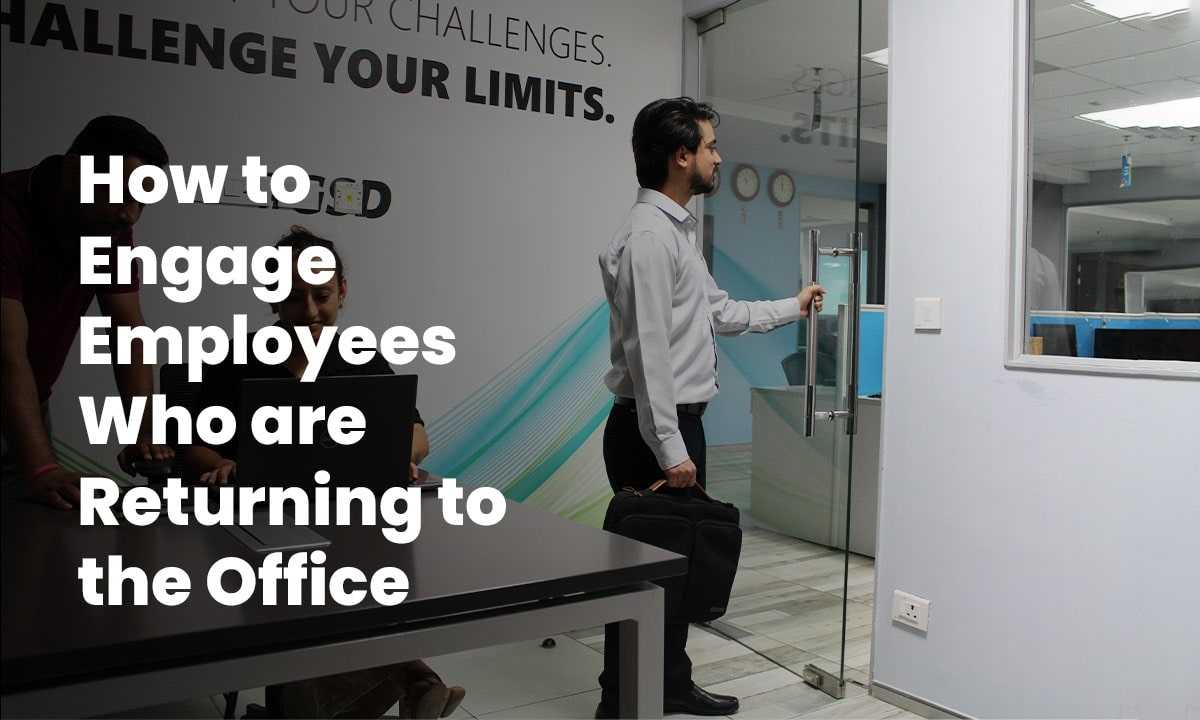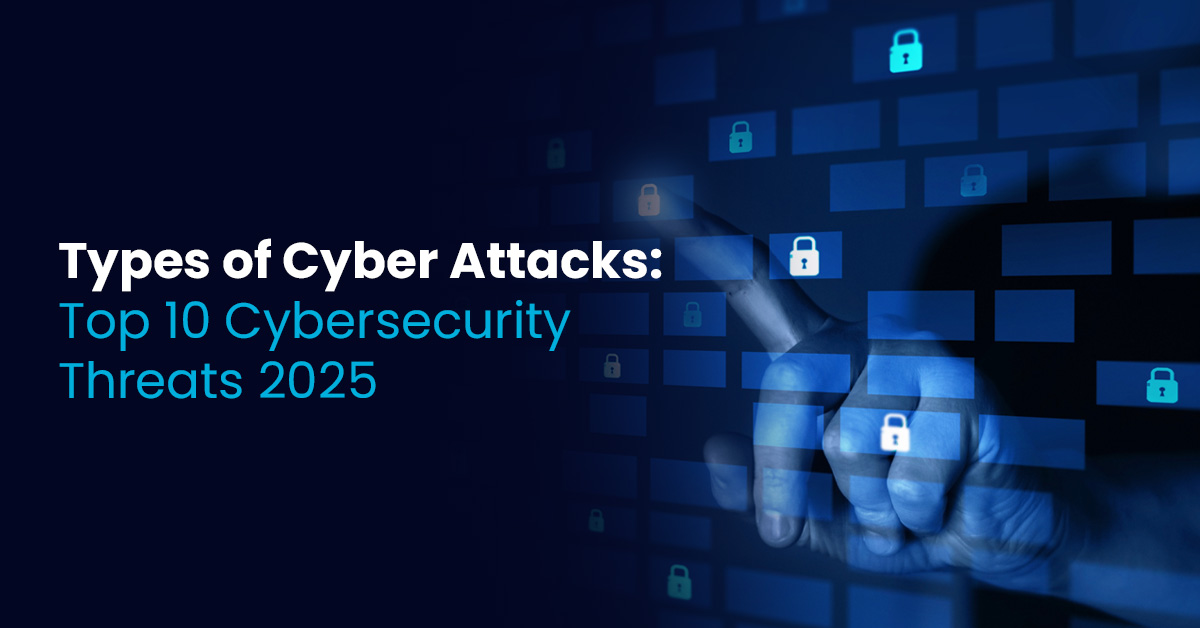Returning to the office is at the forefront of everyone’s mind. While some may welcome this change, others may feel anxious, reluctant, or resistant. A survey by FlexJobs found that 65% of respondents want to remain in a remote work environment, 33% prefer a hybrid work schedule, and only 2% want to return to the office full-time.
As a leader, how can you help your team make a smooth and successful transition back to the physical workplace?
Engaging your employees is crucial for maintaining their motivation, productivity, and well-being during this time. By creating a supportive and inclusive environment, you can address their concerns, foster their collaboration, and celebrate their achievements. Here are some strategies for creating a productive return-to-office experience.
Communicate Effectively
Any organizational change—especially one that affects a person’s daily routines and preferences—needs to be conveyed clearly, consistently, and transparently.
Start by explaining the rationale behind the decision. Why is the company returning to the office? What are the benefits of in-person collaboration? How does this align with the organization’s vision and goals? Then provide regular updates and keep everyone informed of any changes or developments. Send a weekly email or add a section to your company newsletter to give your team consistent information. This helps reduce uncertainty and anxiety.
During the process, solicit feedback. Ask employees for their opinions, suggestions, and concerns. This will help you understand their perspectives and address any potential issues promptly. If they have questions or concerns, be sure to answer them without delay and with respect. This helps build trust and confidence.
Recognize and Reward
Returning to the office can be a huge transition and take longer than expected. It’s important to commend and praise your team’s efforts and achievements during this period.
People may face challenges such as adjusting to a new schedule, commuting, or adapting to a different environment. Acknowledge these hurdles and express appreciation for their resilience and adaptability.
It’s also important to celebrate successes. This could involve public recognition, bonuses, or other rewards. Ideas include creating a weekly employee spotlight, presenting a bonus to those who come to work on time, or giving out gift cards/tickets to local events. Offering incentives that match your employees’ needs and preferences can be especially meaningful.
Try to be timely and personal when recognizing your workers. This means being specific about what an individual did that was commendable, praising their accomplishments as soon as possible, and rewarding them in a personal way.
Make sure that your appreciation is genuine to show that you value your employees’ contributions and are committed to their success back in the office. Returning to work has many benefits, such as increased teamwork, enhanced innovation, and stronger company culture; by incentivizing and rewarding your staff, the transition will likely be smoother and easier.
Promote Collaboration
According to PwC’s US Remote Work Survey, the number one reason employees say they go into the office is to collaborate with others (50%). This means nurturing effective teamwork is a critical component to consider. Here are some easy ways to enhance in-office cooperation:
- Create a comfortable setting for idea sharing through brainstorming sessions, open-door policies, and feedback opportunities.
- Facilitate team-building activities to build trust and rapport.
- Support cross-functional projects that bring together individuals from different departments.
- Provide necessary resources and tools, such as technology, meeting spaces, and training.
- Encourage the use of shared workspaces and tools.
Lead by example and make sure you (and the rest of the leadership team) are participating in the team-building activities, brainstorming sessions, and all other collaborative projects to show that you are all in it together.
Prioritize Well-Being
Ensuring the health and safety of your employees is paramount when bringing everyone together again. It’s essential to address any potential risks and create an environment where they feel comfortable and secure.
Encourage regular breaks and physical movement throughout the workday to promote an active lifestyle. Offer healthy snacks, fitness classes, and other wellness programs that support physical well-being. Monitoring employee health and providing additional sick leave if necessary will demonstrate your commitment to keeping everyone safe and happy.
Mental health initiatives that address issues such as stress, anxiety, and burnout can also have a significant positive impact. This can be achieved by offering counseling or therapy services and providing access to mental health apps or websites for additional support outside of work hours.
Encouraging employees to take regular breaks and practice self-care also contributes to their emotional well-being. Creating a culture of open communication where employees feel comfortable discussing their mental health fosters a supportive and understanding environment, which can easily turn the dread of returning to the office into excitement and comfort.
Always Nurture Your Employees
Engaging everyone in the return-to-the-office plan is vital for ensuring a smooth and successful transition. By communicating effectively, recognizing and rewarding efforts, promoting collaboration, and prioritizing well-being in the workplace, you can help your staff adapt while maintaining their motivation, productivity, and engagement.
How are you planning to engage your employees who are returning to the office? What challenges or opportunities do you anticipate? Take time to answer these questions thoroughly to make the transition much smoother for everyone.








